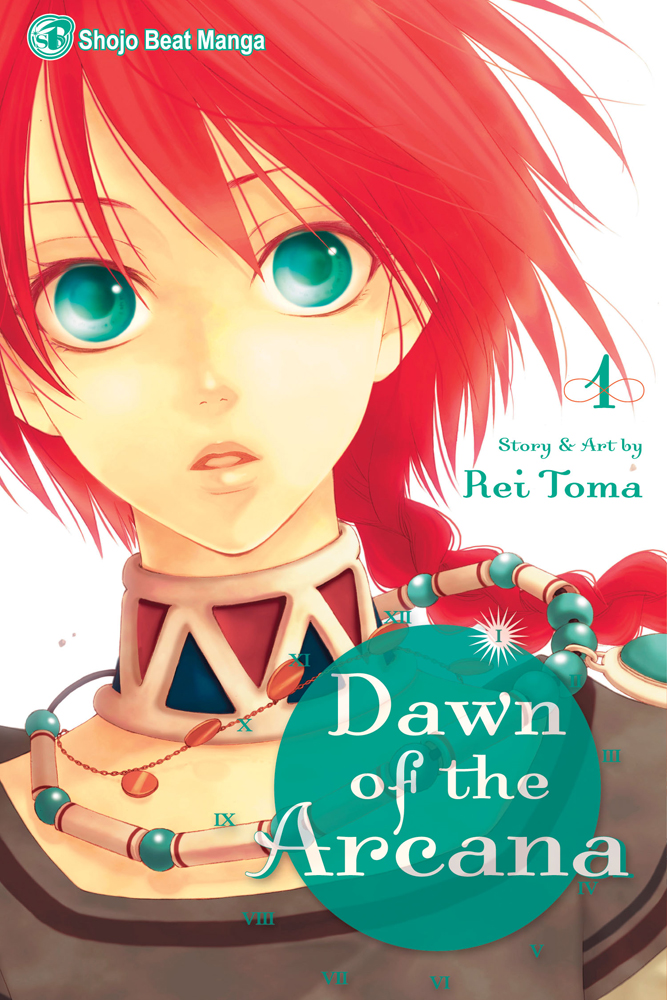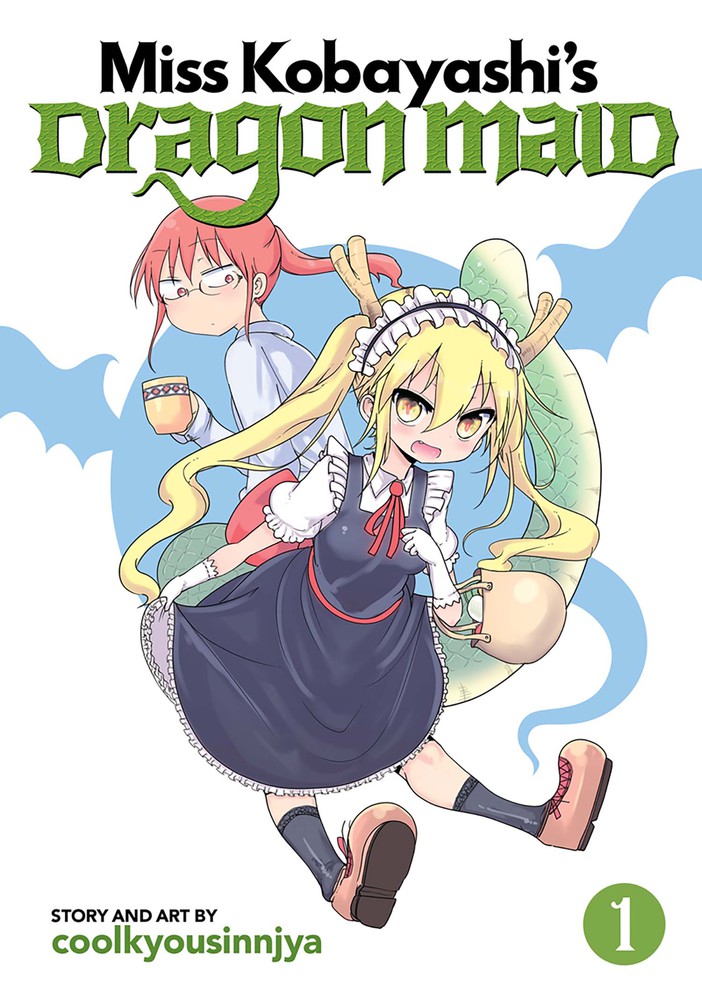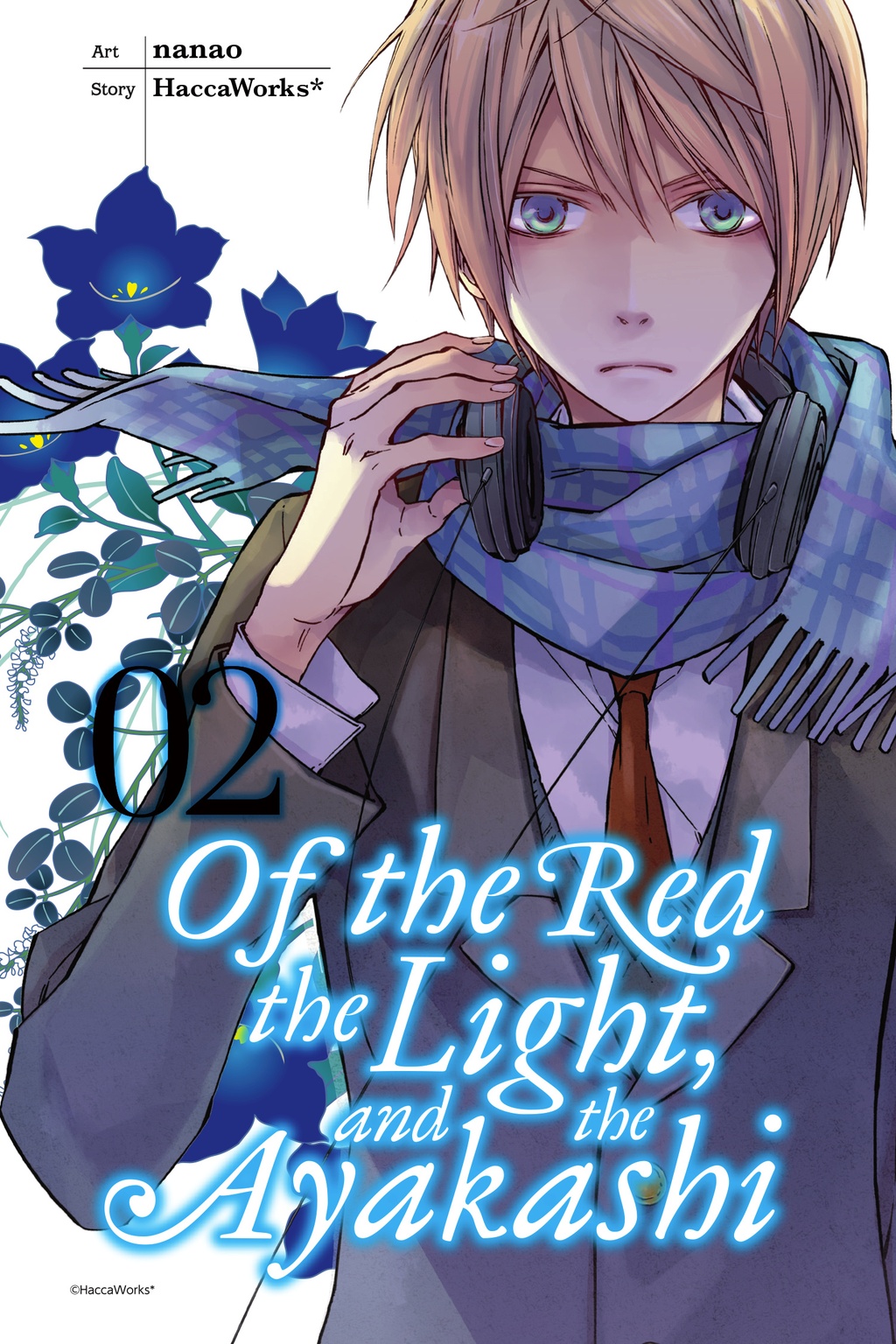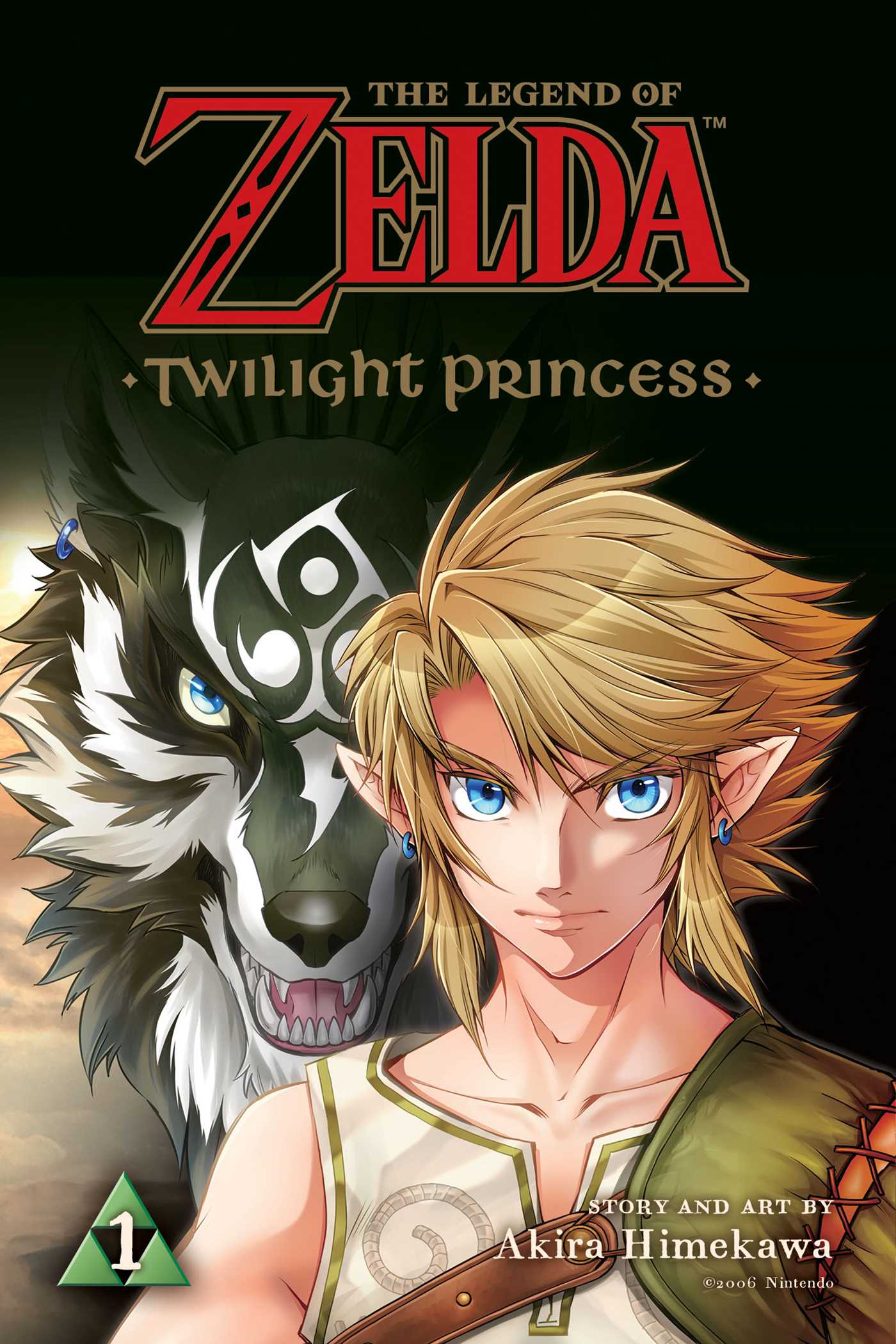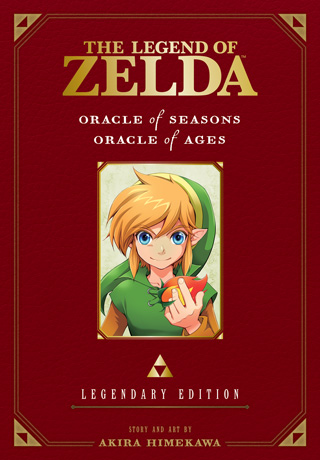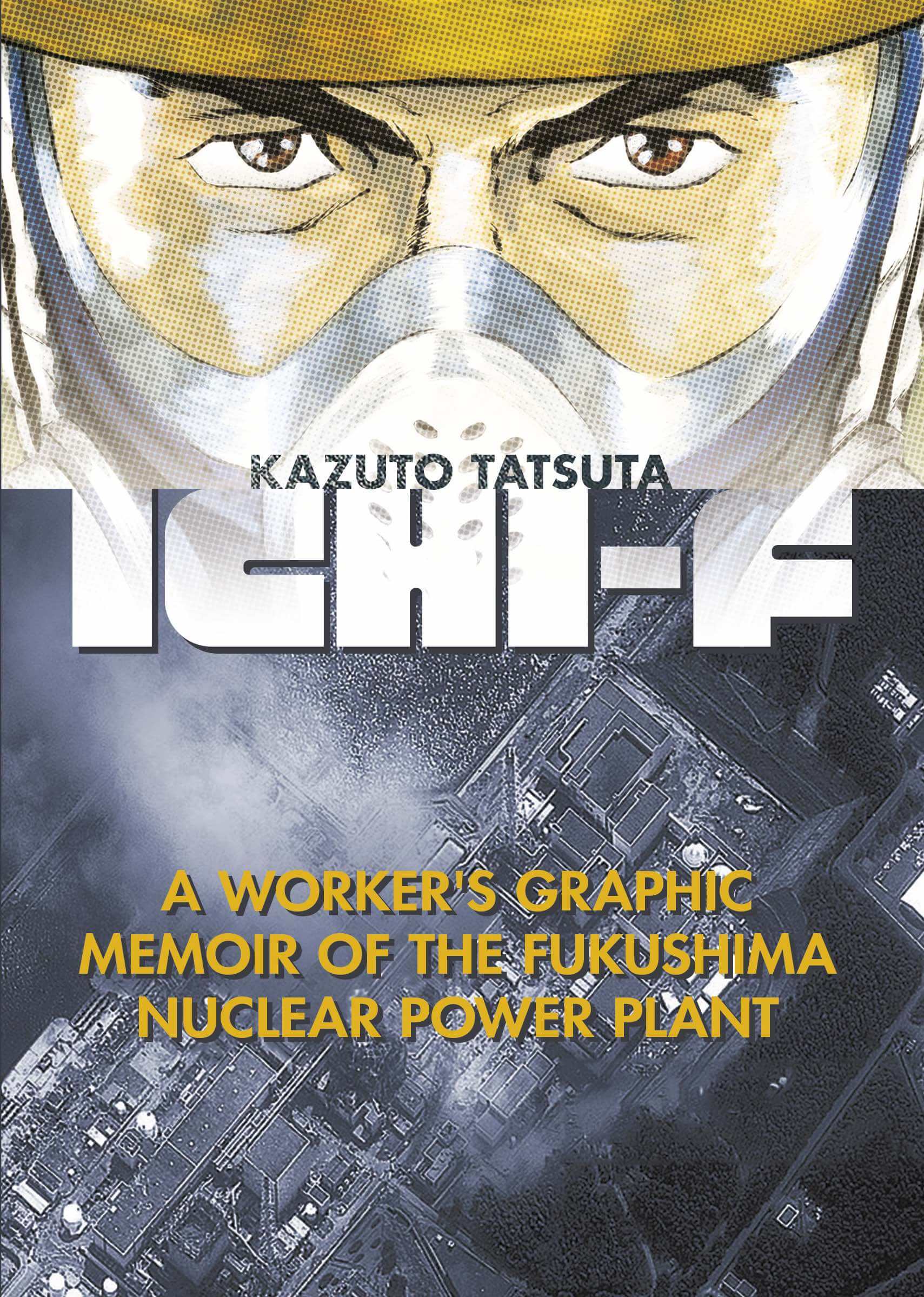My News and Reviews As regular readers of Experiments in Manga know, on the last Wednesday of every month I host a giveaway of some sort (usually manga-related) for which participants have a week …
Continue Reading about My Week in Manga: March 27-April 2, 2017 →
